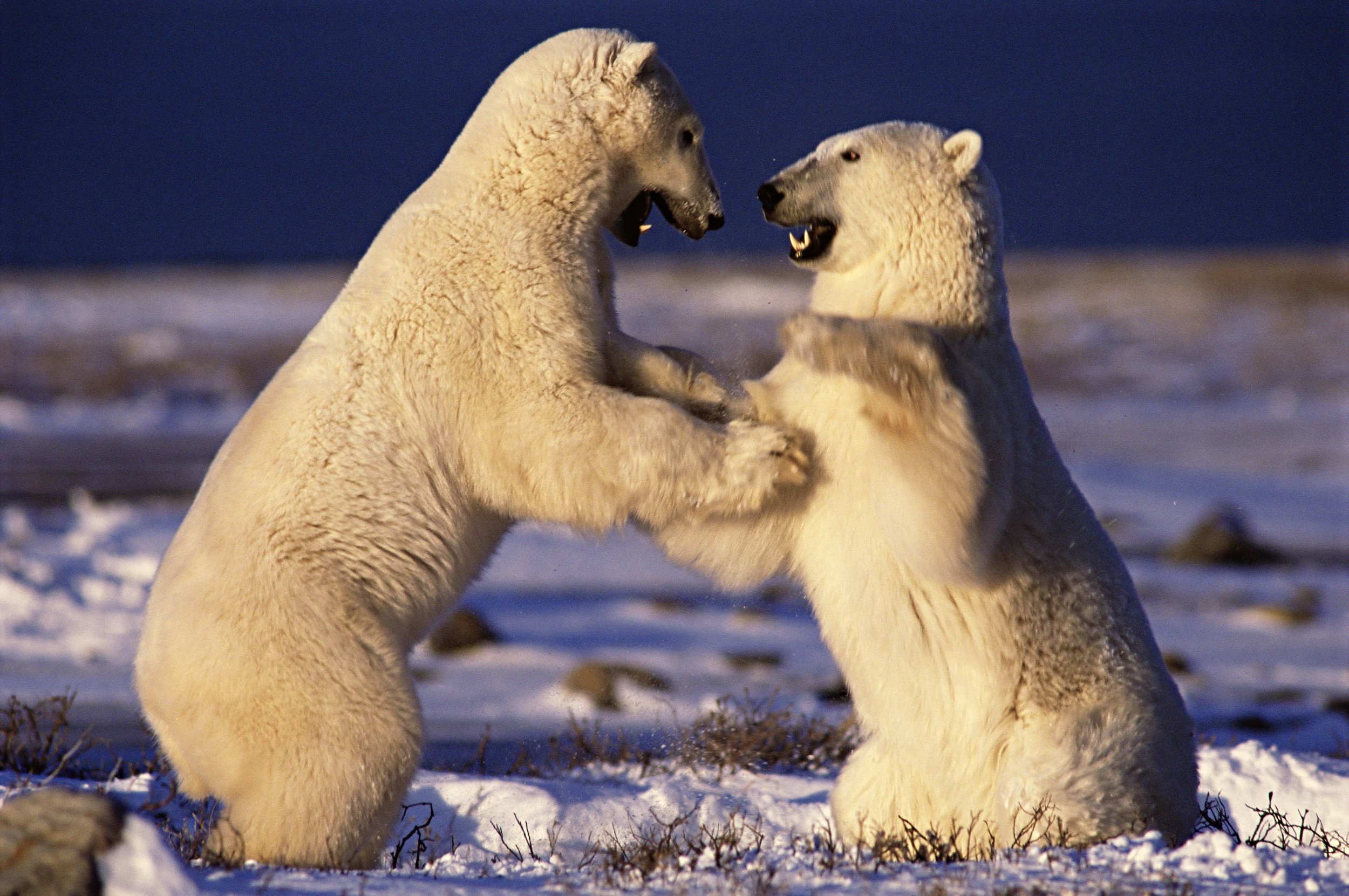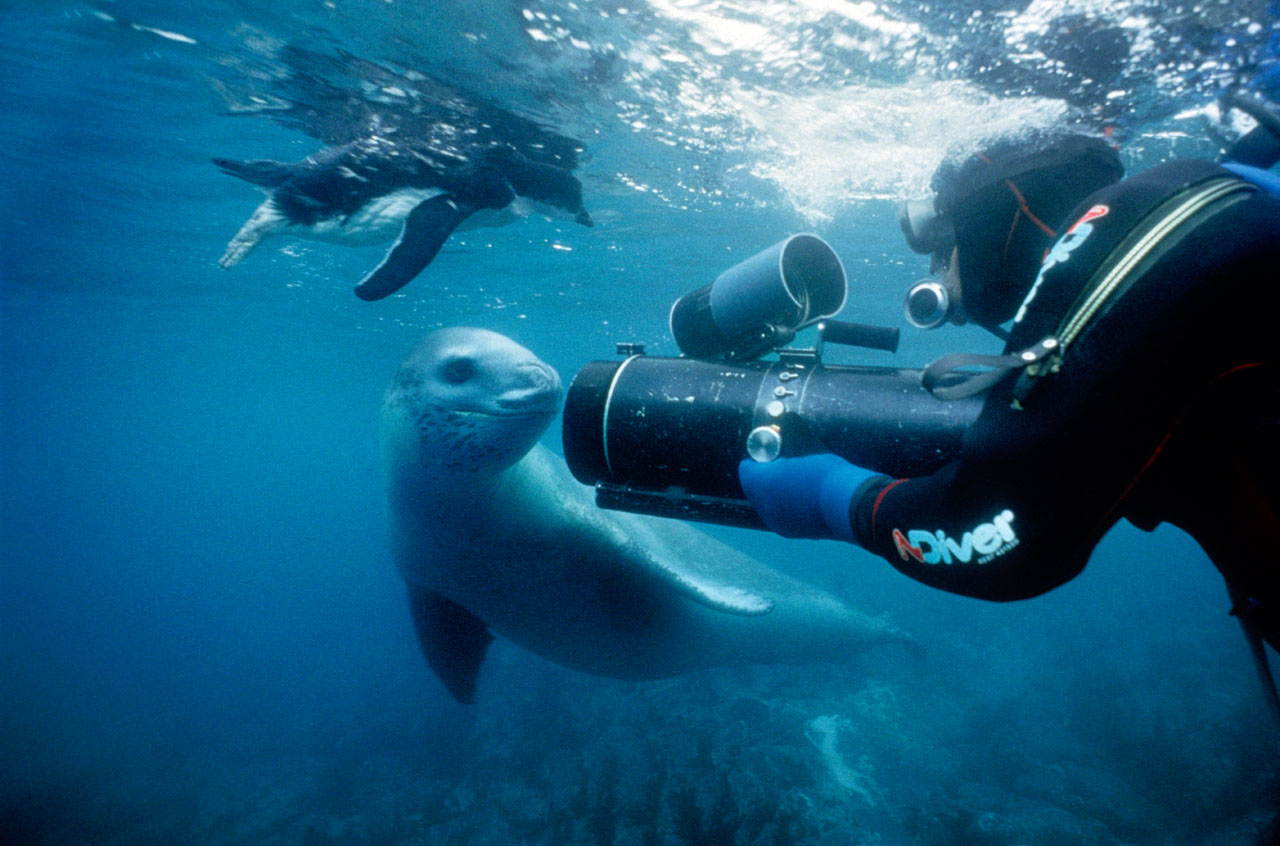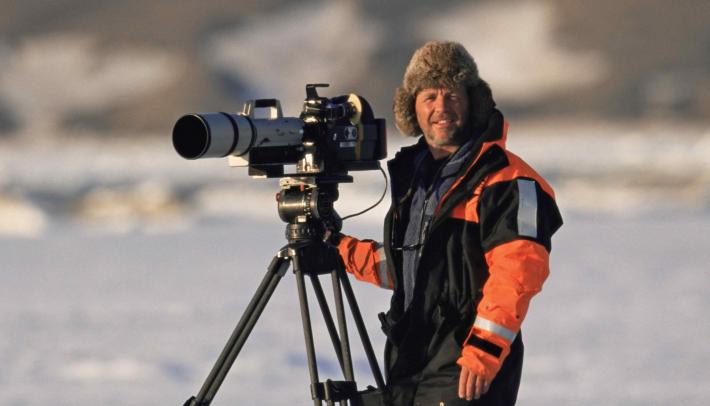Doug Allan - Frozen Planet Cameraman. Top Tips for Filming Wildlife in the Arctic.
The other day, I was fortunate enough to meet Doug Allan at the Royal Geographical Society. Doug was the principal cameraman on BBC's critically acclaimed Frozen Planet series, and is about to receive the Second Bar for his Polar Medal. Which basically means he's spent a ridiculous amount of time in the Polar regions (his first trip lasted two and a half years!). When I asked him why, he said, "If you ever go once, expect to go back. The environment is so pure, the light is incredible. It's so vast and scary, but absolutely beautiful - you can't really imagine it. Yes, it's very cold, but I'd rather have freezing feet than to be bitten to death by mozzies. It's an incredibly clean place - you're never going to have your skin go rotten because of some bizarre fungus!"
I will bring you a full interview with Doug Allan in the New Year, but for now, here are his top tips for filming and photographing wildlife in the Arctic:
- Go to where the animals are most plentiful: Churchill Bay in Canada for polar bears; the edge of the pack ice for whales.
- April is the best time for polar bears: the light is spectacular and the ice is stable. June is the best time for whales as the ice begins to break up.
- Go with a guide company for logistics, local knowledge and Inuit trackers. Mammals are characters, with moods. You need empathy to know which animals will let you film them and which will attack. Good guides are essential. Try Arctic Kingdom.
- The best transport is a skidoo – spot the animal from half a mile away, approach to within 100m, then get closer on foot. Leave a team-member on the skidoo to scare off polar bears with a flare pistol if they charge.
- Polar bears have a personal space of about 25m. They will accept your presence up to 50m if they are in the right mood, and you approach calmly and slowly.
- Leave iPods and phones at home – get in tune with the animals and environment to build empathy. It makes it easier to understand them, and you’ll enjoy the wilderness!
- The bare minimum photographic kit is: a Digital SLR; the widest-angle lens you can afford (for wide shots); and the longest telephoto lens you can afford (for close ups). For Frozen Planet, some of our lenses are huge!
Doug also gave me some specific tips on making films of wildlife:
- Learn the grammar of film-making by watching documentaries to understand what shots you will need to make a good film.
- Get a lot of footage: as a rule of thumb, for 1 hour of finished film, you will need 10 hours of material – which will take 100 hours to edit!
- Be incredibly patient. Television makes us think that exciting behaviour is happening all the time, but 1 minute of broadcast footage takes 1 week on the ice, watching and filming!
- Generally, a 10-minute film of one animal's behaviour will be better than 1 hour because of the amount of footage and varied behaviour needed to make a good story.
Incredibly, as one of only 8 people in the entire world with a Second Polar Bar, Doug has never suffered a serious cold injury. He learned his trade in the bitterly cold Antarctic winters and puts it down to knowing the fine line between being cold and doing yourself damage. Here are his top tips for cold weather safety:
- Accept that you are going to get cold, but err on the side of caution. Learn where your limits are.
- Get the very best cold-weather gear you can afford and learn how to use it first: at -20° you can get in trouble very quickly.
- Take action at the first signs of frost-nip – when patches of skin go white and don’t change colour with pressure, get warm and into shelter.
For full details of Doug’s speaking tour from February 19th – March 29th and Doug’s debut book, Freeze Frame go to www.dougallan.com



